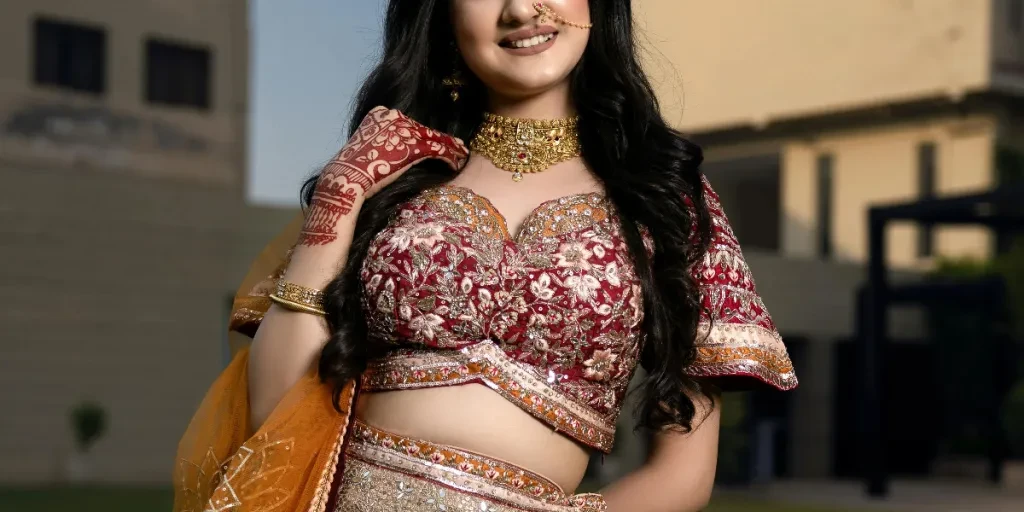Ready to wear sarees are transforming the traditional Indian fashion landscape. These pre-stitched sarees offer the elegance of a classic saree with the convenience of modern clothing, making them increasingly popular among contemporary women. This article delves into the market trends, innovative designs, and the cultural significance of ready to wear sarees.
Table of Contents:
– Market Overview: The Rise of Ready to Wear Sarees
– Innovative Designs and Patterns in Ready to Wear Sarees
– Materials and Fabrics: Enhancing Comfort and Elegance
– Cultural Influence and Heritage: The Essence of Ready to Wear Sarees
– Seasonality and Functionality: Versatility of Ready to Wear Sarees
Market Overview: The Rise of Ready to Wear Sarees
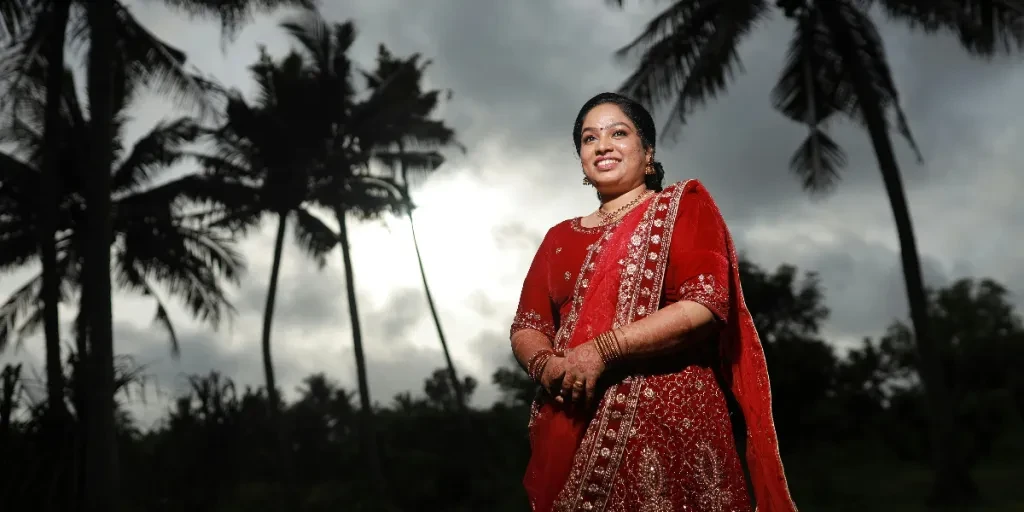
The ready to wear saree market is experiencing significant growth, driven by the increasing demand for convenient yet stylish traditional attire. According to WGSN, the festival season in India, which spans from September to March, sees a notable increase in consumer spending on festive and formal wear. In fact, 71% of Indians either spent more or planned to spend more on shopping during last year’s season (WARC). This surge in spending is reflected in the growing popularity of ready to wear sarees, which offer a perfect blend of tradition and modernity.
E-commerce platforms have seen a significant surge in activity during the festival season, reflecting both celebratory enthusiasm and economic revival (Indian Retailer). Brands are leveraging this opportunity by incorporating festival-inspired elements into their collections, such as sacred red colors and styling scenes with mirrors and flowers, to enhance cultural and emotional appeal.
The rise of ready to wear sarees can also be attributed to the increasing influence of social media and celebrity endorsements. For instance, Bollywood actress Sonam Kapoor Ahuja was seen wearing auspicious alta hues for the Ganesh Utsav festival, styled by filmmaker Rhea Kapoor. This kind of visibility has a significant impact on consumer preferences and drives market trends.
Moreover, the global appeal of ready to wear sarees is growing, with international markets showing a keen interest in this versatile attire. The convenience of pre-stitched sarees makes them an attractive option for the Indian diaspora and non-Indian consumers alike. According to Research and Markets, the global bridal wear market, which includes traditional wear like sarees, is forecasted to grow by $13.6 billion during 2023-2028, accelerating at a CAGR of 4.34%.
Innovative Designs and Patterns in Ready to Wear Sarees
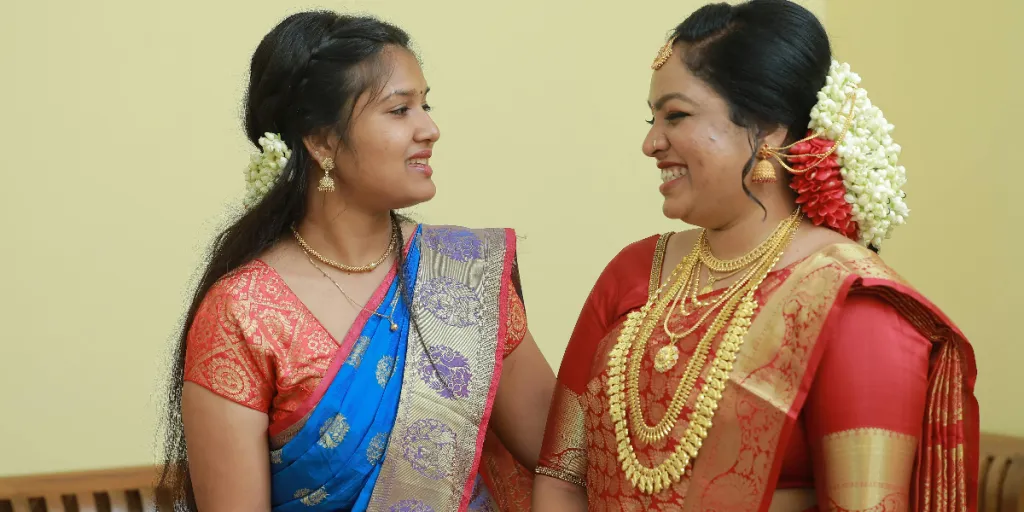
Modern Cuts and Styles: A Fusion of Tradition and Contemporary Fashion
Ready to wear sarees have evolved significantly, blending traditional aesthetics with modern fashion sensibilities. This fusion is evident in the innovative cuts and styles that cater to a diverse audience. The modern saree designs often incorporate elements such as puff sleeves, statement bows, and floral corsages, which were prominent on the A/W 24/25 catwalks. These details add a contemporary twist to the classic saree, making it suitable for various occasions, from everyday wear to evening celebrations.
The influence of the #PrettyFeminine and #PrettyExtravaganza trends is particularly notable in the design of ready to wear sarees. These trends emphasize ornate embellishments, three-dimensional appliqués, and opulent materials, creating a romantic and luxurious look. Designers like OUAOUD Couture and digital creators such as @tubv.dvgli have been instrumental in modernizing historical styles and making them more accessible and appealing to a global audience.
Vibrant Colors and Unique Patterns: Captivating the Global Market
The color palette and patterns of ready to wear sarees play a crucial role in their appeal. Vibrant hues such as Panna Cotta, Pink Sorbet, Sage Green, and Sunbaked Gold are popular choices, reflecting the #NuHistorics and #PrettyExtravaganza aesthetics. These colors not only enhance the visual appeal of the sarees but also resonate with consumers seeking to make a bold fashion statement.
Unique patterns, including floral appliqués and intricate embroidery, are also key features of modern ready to wear sarees. These patterns add a touch of elegance and sophistication, making the sarees suitable for various occasions. The use of fluid wovens in plain or subtly textured weaves provides a perfect base for these bold designs, ensuring that the sarees are both comfortable and stylish.
Materials and Fabrics: Enhancing Comfort and Elegance
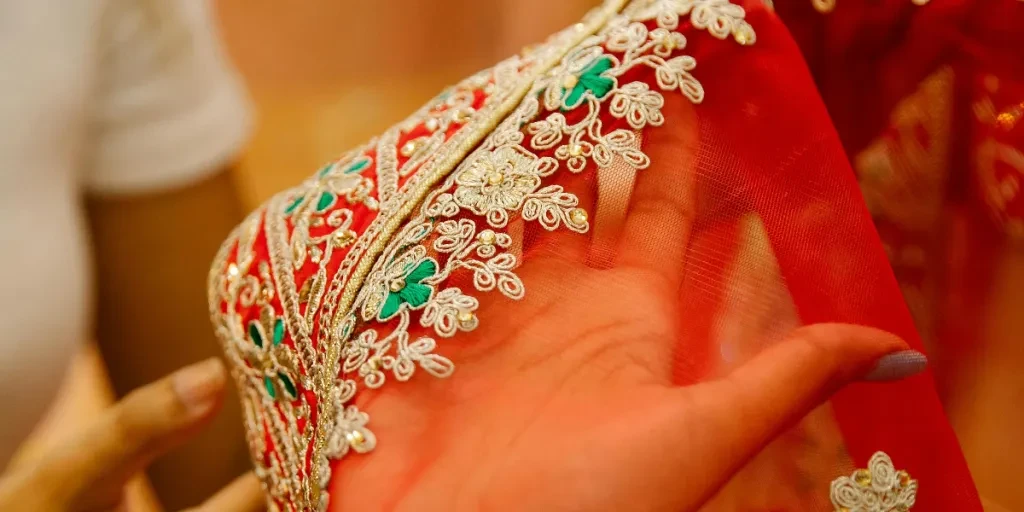
Luxurious Fabrics: From Silk to Georgette
The choice of materials and fabrics is critical in the design of ready to wear sarees. Luxurious fabrics such as silk, georgette, and jacquards are commonly used, offering a blend of comfort and elegance. Silk, known for its lustrous texture and rich feel, is a popular choice for special occasions and festive wear. Georgette, on the other hand, is lightweight and breathable, making it ideal for everyday wear and warmer climates.
The use of demure jacquards with matte and shiny damask designs adds a touch of sophistication to the sarees. These fabrics not only enhance the overall look of the sarees but also ensure that they are comfortable to wear for extended periods. The emphasis on luxurious materials aligns with the #NaiveOpulence trend, which focuses on creating high-quality, timeless pieces that can be worn for various occasions.
Texture and Comfort: Prioritizing Wearability
In addition to luxurious fabrics, the texture and comfort of ready to wear sarees are also prioritized. Designers are increasingly focusing on creating sarees that are not only visually appealing but also comfortable to wear. This involves using materials that are soft, breathable, and easy to drape.
The incorporation of natural fiber blends such as linen, Tencel, Himalayan nettle, and hemp is a testament to this focus on comfort. These materials offer a structured drape and a lustrous finish, making them perfect for occasion wear. Additionally, the use of fluid wovens and subtly textured weaves ensures that the sarees are lightweight and easy to manage, enhancing their wearability.
Cultural Influence and Heritage: The Essence of Ready to Wear Sarees
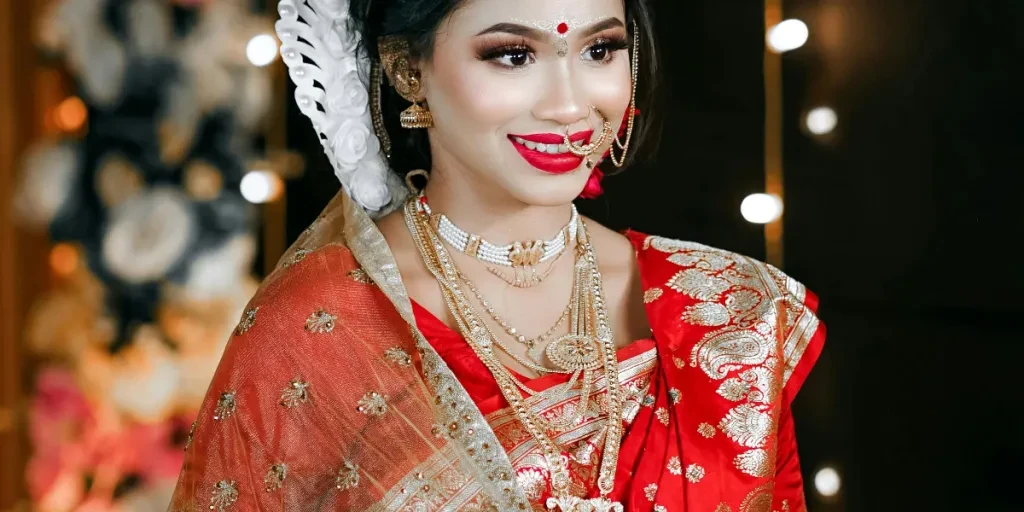
Traditional Roots: Preserving Cultural Heritage
Ready to wear sarees are deeply rooted in cultural heritage, reflecting the rich traditions and craftsmanship of various regions. The preservation of traditional elements is a key aspect of modern saree designs, ensuring that the cultural significance of the saree is maintained. This involves incorporating traditional motifs, embroidery techniques, and weaving patterns into contemporary designs.
The influence of cultural heritage is evident in the use of ornate embellishments, floral appliqués, and intricate embroidery, which are hallmarks of traditional saree designs. By blending these elements with modern fashion trends, designers are able to create sarees that honor tradition while appealing to a contemporary audience.
Global Appeal: Adapting to Diverse Markets
The global appeal of ready to wear sarees is a testament to their versatility and adaptability. Designers are increasingly focusing on creating sarees that cater to diverse markets, incorporating elements that resonate with different cultural and fashion sensibilities. This involves experimenting with various cuts, styles, and patterns to create sarees that are suitable for a wide range of occasions and preferences.
The adaptability of ready to wear sarees is further enhanced by the use of versatile materials and fabrics, which ensure that the sarees are comfortable and suitable for different climates. The emphasis on creating occasion-ready items that can transition from everyday wear to evening celebrations is a key aspect of this global appeal, making ready to wear sarees a popular choice among consumers worldwide.
Seasonality and Functionality: Versatility of Ready to Wear Sarees
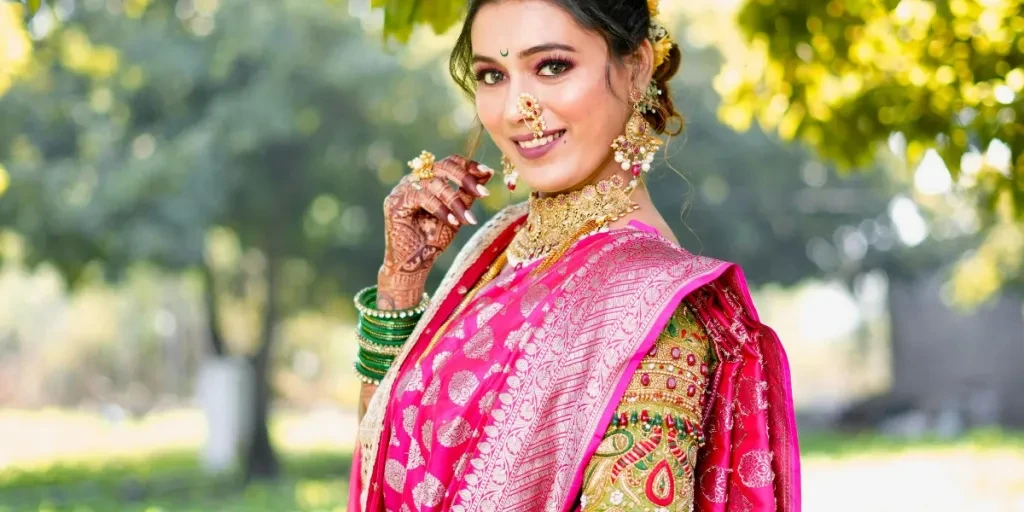
Seasonal Trends: Adapting to Weather and Occasions
The versatility of ready to wear sarees is further highlighted by their adaptability to seasonal trends and weather conditions. Designers are increasingly focusing on creating sarees that are suitable for different seasons, incorporating materials and designs that cater to varying weather conditions. For instance, lightweight fabrics such as georgette and linen are ideal for warmer climates, while silk and jacquards are perfect for cooler weather.
Functional Features: Ease of Wear and Maintenance
In addition to their aesthetic appeal, ready to wear sarees are also designed with functionality in mind. This involves incorporating features that make the sarees easy to wear and maintain. For instance, pre-stitched pleats and adjustable waistbands ensure that the sarees are easy to drape and fit comfortably. The use of lightweight and breathable fabrics also enhances the overall comfort and wearability of the sarees.
Conclusion
The evolution of ready to wear sarees reflects a perfect blend of tradition and modernity, catering to a diverse and global audience. With innovative designs, luxurious fabrics, and a focus on comfort and functionality, these sarees offer a versatile and stylish option for various occasions. As designers continue to experiment with new trends and materials, the future of ready to wear sarees looks promising, with endless possibilities for creativity and innovation.
